Electrical Tutorial: What is Voltage Current & Resistance.
I am @saifuddinmahmud from Bangladesh. I am an electrical engineer. By profession i am an electrical engineer. I have enough experience about electrical instruments. Today i am going to share some interesting things about electricity.
We all have electrical connections in our homes. Through this, we use many types of instruments in our homes, including fans, lights, refrigerators, televisions, etc. We charge our mobile phones. We know that all these instruments either work or remain off when there is current. Will all these instruments work only when there is current or are there other components along with the current that facilitate the conduction of current. There are two more important components along with the current, voltage and resistance. Today I will discuss what current is, voltage and resistance, and how it works.
| Voltage |
|---|
- What is Voltage
When electrons or charges flow through an electrical circuit or move from one place to another, some kind of pressure or force is required. The pressure through which electrons flow is called voltage.
| Example |
|---|
I think we all have a water tap in our homes. When we turn the tap, water comes out. A kind of pressure is applied to make this water come out. We can compare this pressure to voltage.
| Voltage type |
|---|
There are two kind of voltage
- AC voltage
AC voltage changes direction over time. It is commonly used in homes, various industries, and is transmitted to remote locations. AC voltage flows with the cooperation of others.
- DC voltage
DC voltage is transmitted in one direction. It does not change over time. DC voltage can generate and flow electricity on its own. Batteries, solar panels etc. are included in DC voltage.
| Example |
|---|
Voltage is always supplied according to the needs of the field device. That is, the voltage supply is given according to the voltage at which a device will operate.
- You can see that this socket is showing 237 volts, which means that this socket will operate if it is above 220 volts.
- You can see that this device is showing 21 volts, which means that it will operate if this socket is above 20 volts.
| Current |
|---|
- What is Current:
When free electrons flow in a specific direction through a conductive material, the rate is called current. This electron flow is what gives us electricity in our homes. This current is basically electrons. We denote current by amperes.
| Example |
|---|
As I said earlier, I compared the pressure of water flow to voltage. Similarly, the water that flows through a water tap is current. That is, the electrons that flow through a conductor are current and the pressure that is applied to this electron flow is voltage.
- I measured the current flowing through the wire of a device using a clip-on meter. It shows a current of 7.2 amperes. That means this device is drawing 7.2 amperes of current.
There are two types of current:
- AC current
AC current means alternating current. AC current is current that changes direction over time.
- DC current
DC current means direct current. It is flowing in a specific direction.
| Resistance |
|---|
- What is resistance
The obstacle that hinders the flow of current through a conductor is called resistance. When current flows through a conductor, some properties of the material hinder the flow of electricity. We call this resistance.
| Example |
|---|
When a vehicle is moving on the road, it is necessary to slow down or brake the vehicle due to changes in road direction or other reasons. This hinders the natural movement of the vehicle. We can compare this with resistance.
- This is a conductive wire. When I put a resistance meter on its two ends, it shows 3.0 ohms. That means that when current flows through this wire, it will provide 3.0 ohms of resistance.
| Uses of Multimeter |
|---|
We use two types of things to measure voltage and current. The first is a multimeter. With this meter, you can measure voltage, resistance, frequency, and milliamperes.
| Uses of Clip-on meter |
|---|
You can measure both AC and DC current with an ampere meter or clip-on meter.
| Ohm's law |
|---|
V=IR
I=V/R
R=V/I
Here,
V= Voltage
I= Current
R= Resistance
We can measure current, voltage, and resistance without using a meter. Using this formula.
| Thanks to my dear steemian friend who read my post. |
|---|
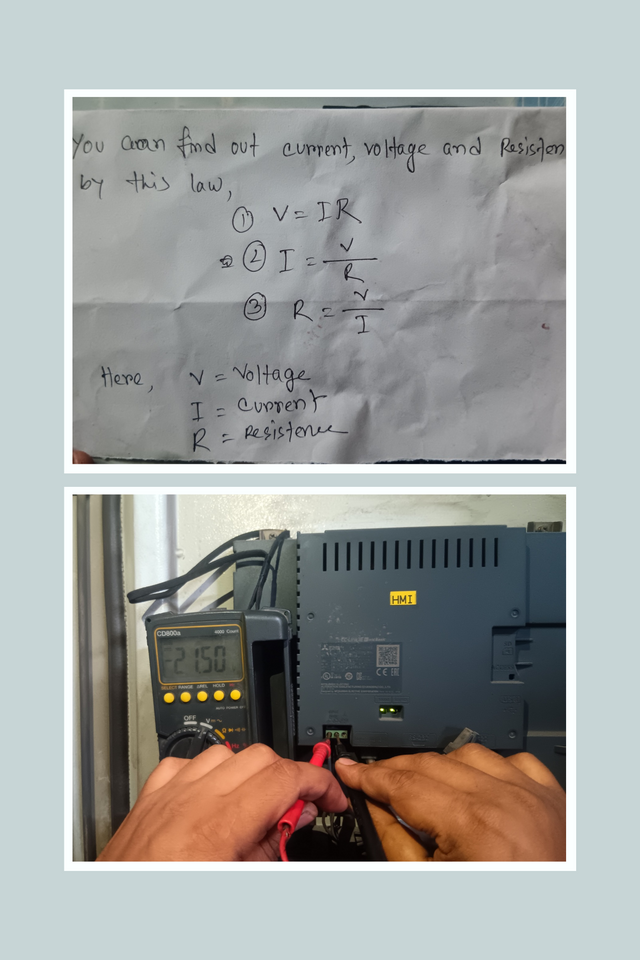
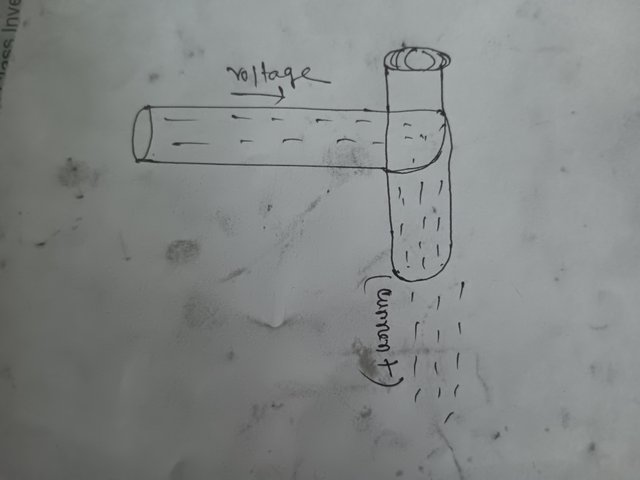
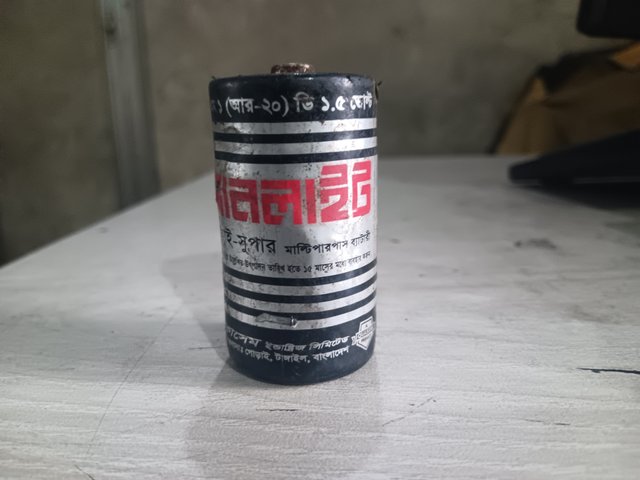
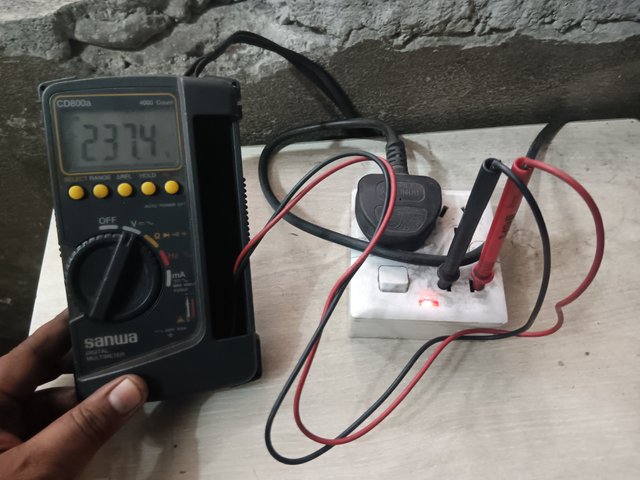
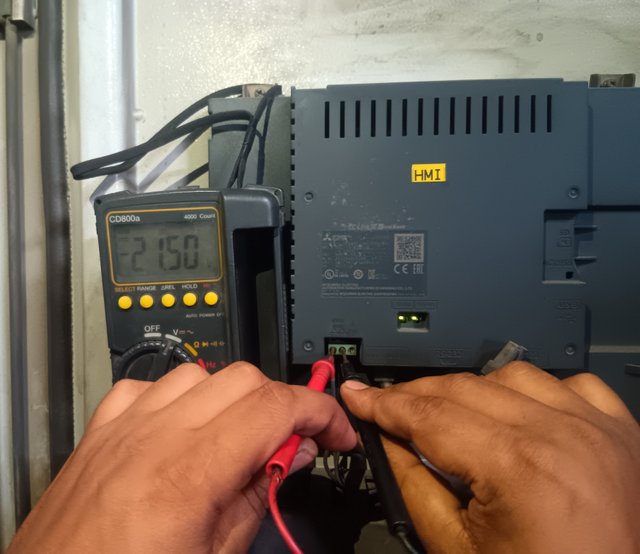
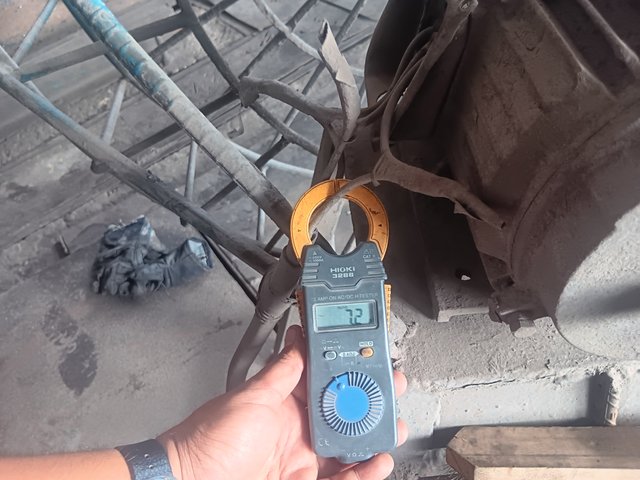
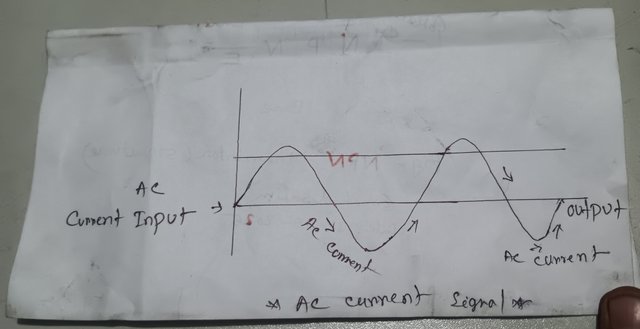
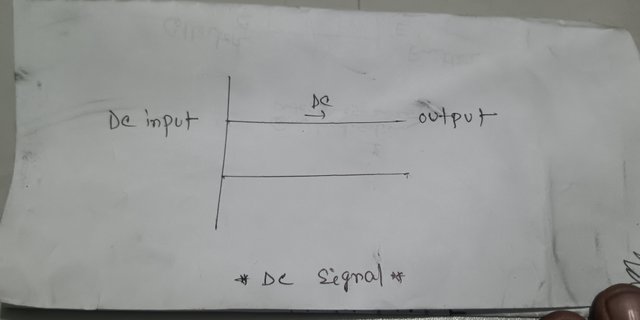
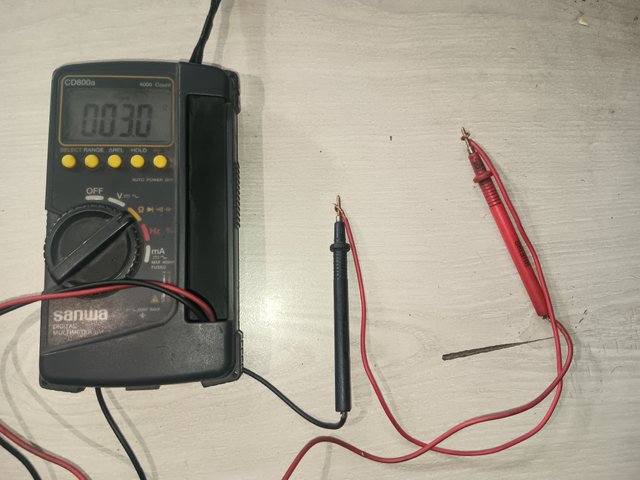
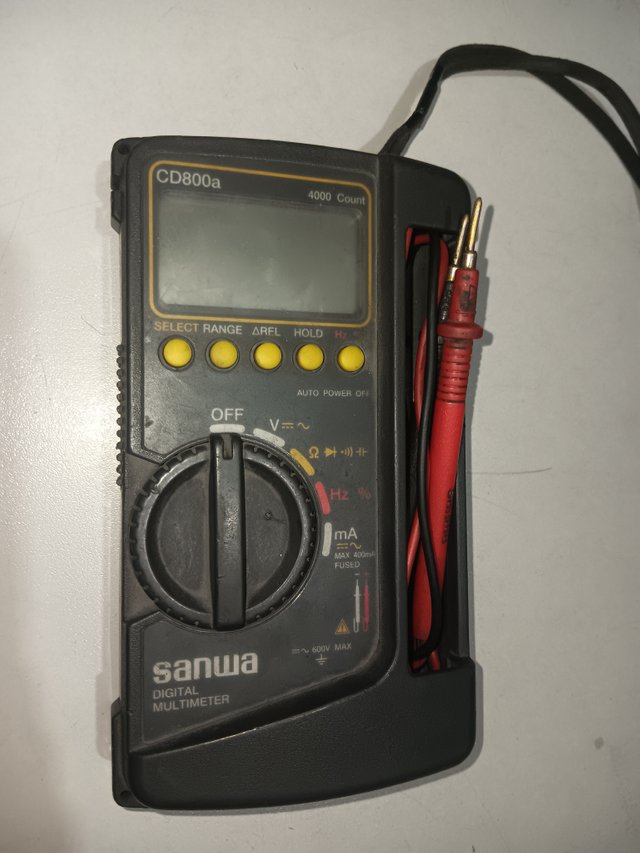
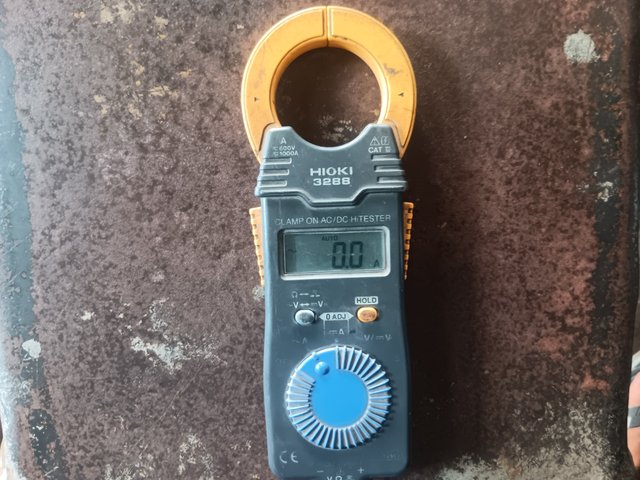
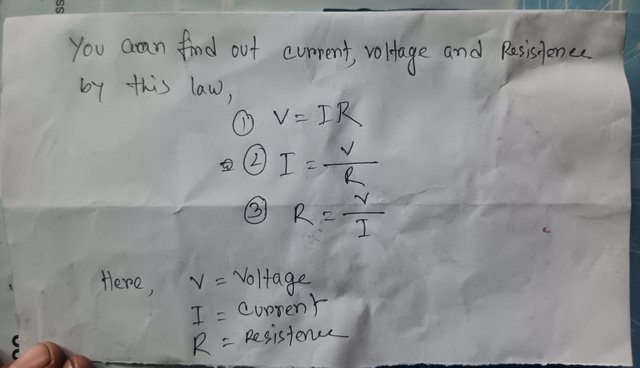

The TEAM FORESIGHT has supported your post. We support quality posts, good comments anywhere, and any tags